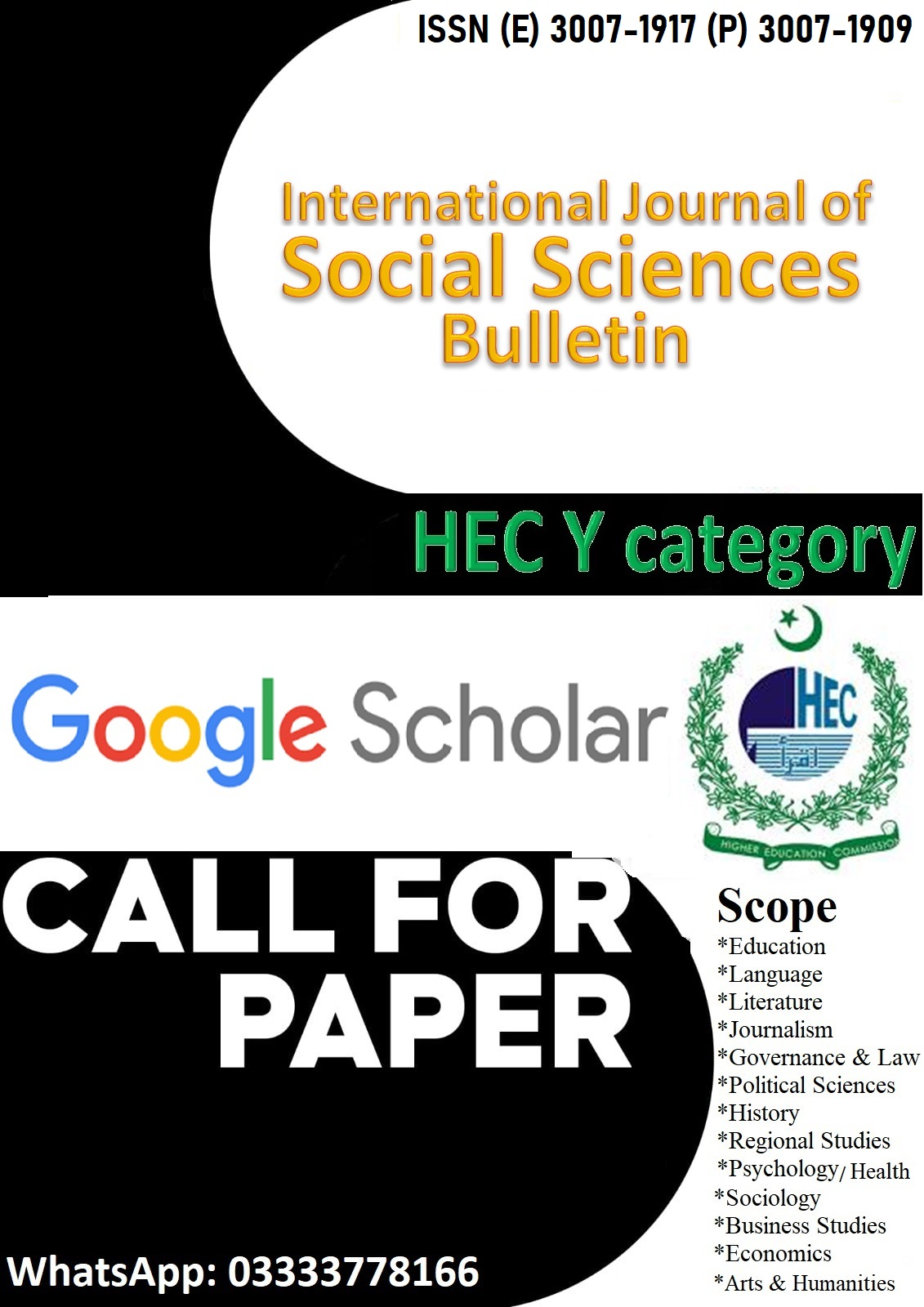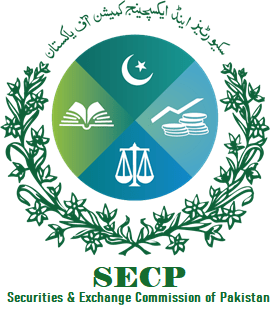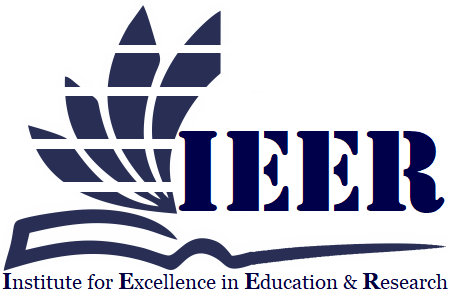FLOOD RISK MANAGEMENT AND SOCIAL VULNERABILITY IN PAKISTAN: UNDERSTANDING THE NEXUS BETWEEN NATURAL HAZARDS AND SOCIOECONOMIC DISPARITIES
Keywords:
Flood risk management, social vulnerability, disaster resilience, Pakistan, PAR model, community-based disaster managementAbstract
Climate change, inefficient urban planning, deforestation, and lack of disaster preparedness have caused more susceptible and severe floods in Pakistan over the course of the last few decades. This article examines the relationship between the flood risk management and social vulnerability. It also emphasizes that floods are not purely natural disasters; instead, they are socio-political constructions of inequality and marginality. Using a qualitative research design and secondary data analysis, the researchers applied Braun and Clarke’s methods along with the Pressure and Release PAR model to analyze the data collected from governmental reports, academic sources, publications from international organizations, and the media from 2018 to 2025. The floods have afflicted Pakistan in mass ways, and studies show the floods are managed in a rather reactive fashion, where the provided solutions do not focus on the population that is at utmost risk. On one hand, lack of good governance hampers efforts towards providing structural solutions such as the construction of embankments, on the other hand the learning of communities as well as participatory planning both are seldom implemented when it comes to non-structural solutions. The study proposes a paradigm shift to equity-driven, community-centred flood risk governance and recommends integrating vulnerability appraisal to comprehensive planning in order to bolster resilience and adaptive capacity.
Downloads
Published
Issue
Section
License

This work is licensed under a Creative Commons Attribution-NonCommercial-NoDerivatives 4.0 International License.

















